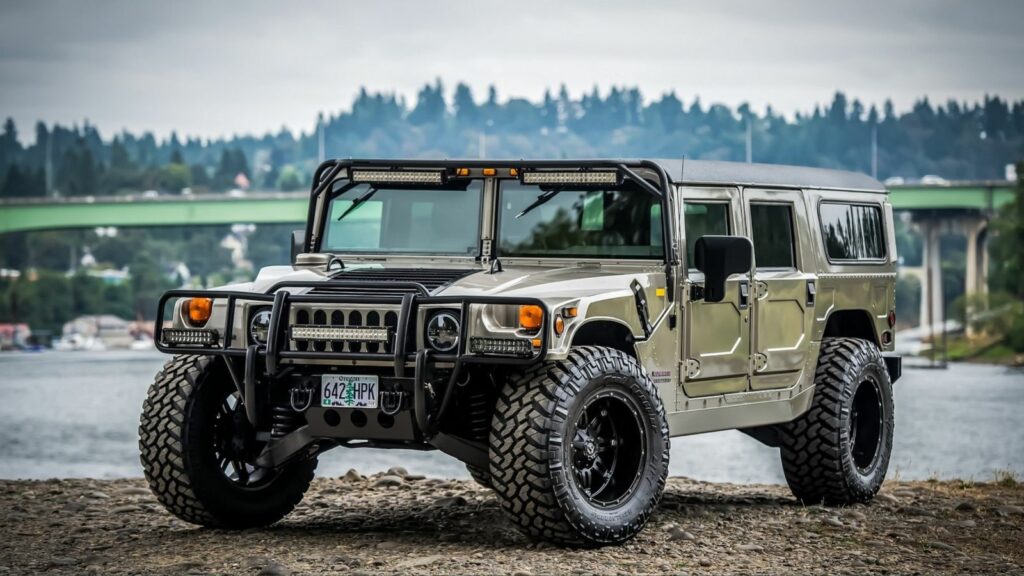Not every legendary car started out loved. Some were mocked, misunderstood, or even hated when they first appeared. Over time, though, opinions changed. Designs once called ugly became iconic, odd engineering choices became fascinating, and forgotten flops turned into valuable collectibles. The story of these cars isn’t about perfection but redemption. These are ten controversial models that went from industry punchlines to cult classics cherished by enthusiasts today.
Pontiac Aztek

When Pontiac revealed the Aztek in 2000, it instantly became a design disaster in the eyes of the public. The styling was awkward and angular, like several different vehicles fused together. Critics tore it apart, and sales never met expectations. But the Aztek was also incredibly practical. It came with a removable cooler, an optional tent, and all-wheel drive long before crossovers were fashionable.
The car’s revival came years later, largely thanks to the TV show Breaking Bad, where it became the symbol of Walter White’s transformation. Today, people see the Aztek as quirky and ahead of its time. Ironically, what once made it ugly now makes it collectible — its originality.
DeLorean DMC-12

Few cars are as infamous as the DeLorean DMC-12. Its brushed stainless steel body, gullwing doors, and futuristic styling were mesmerizing in the early 1980s. Unfortunately, its performance didn’t match the looks. A sluggish V6 engine and quality control issues, combined with the collapse of John DeLorean’s company amid scandal, left the car with a bad reputation.
Then Hollywood stepped in. The DeLorean’s starring role as a time machine in Back to the Future turned it into a global phenomenon. What was once considered a financial disaster is now one of the most recognizable cars ever made. Collectors prize it for its unique place in pop culture and for symbolizing the wild ambition of 1980s automotive design.
AMC Pacer
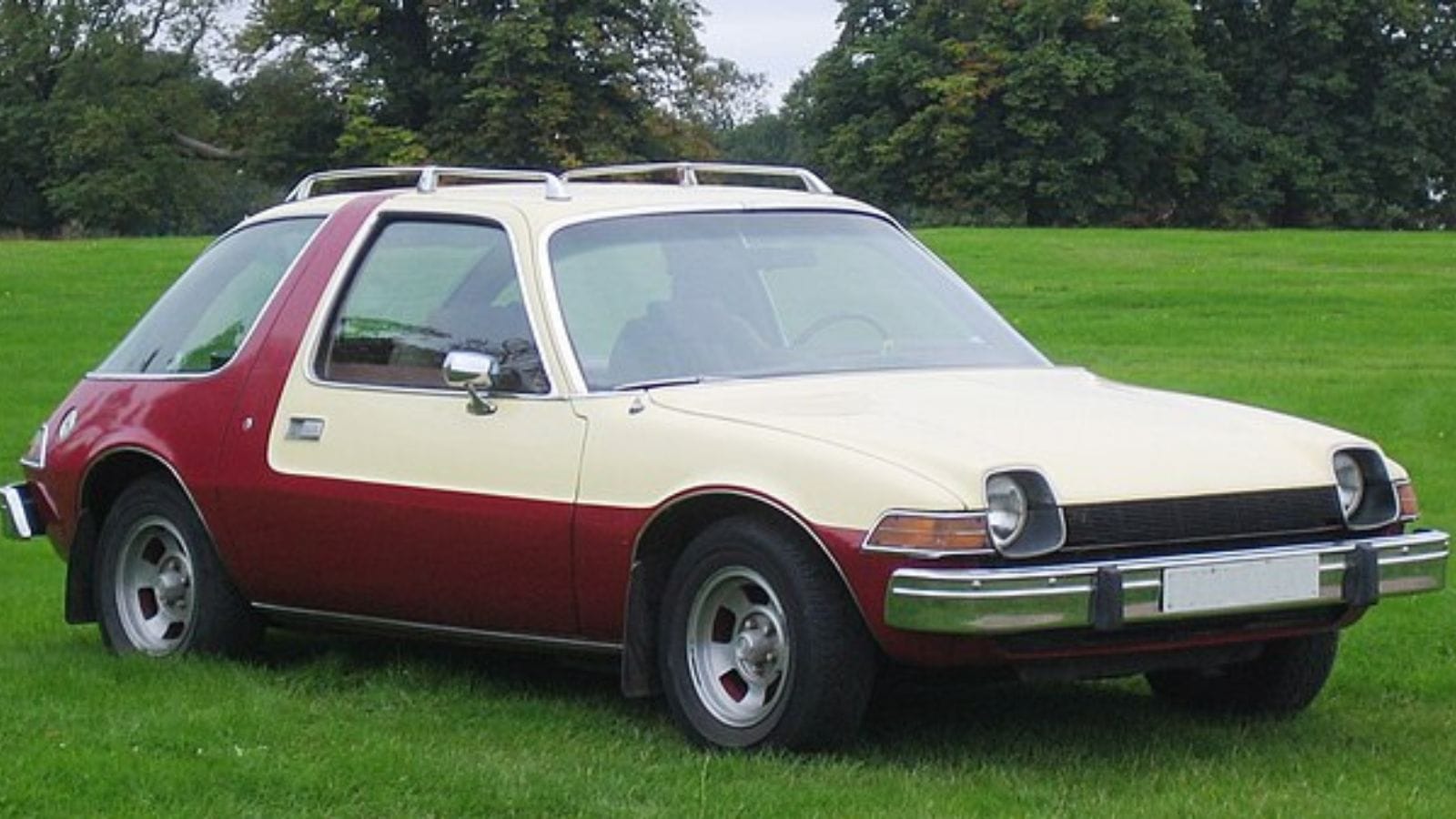
When the AMC Pacer hit showrooms in 1975, the world didn’t know what to make of it. Its massive windows and round shape were unlike anything else on the road. People mocked its looks and called it “the fishbowl.” But AMC had intended it to be revolutionary, with wide proportions for safety and comfort, anticipating the smaller urban cars that would dominate decades later.
In time, the Pacer’s unusual style found its fans. It appeared in Wayne’s World and became a nostalgic favorite. Today, Pacers are collector curiosities part rolling joke, part retro masterpiece. What was once a symbol of awkward design has become an emblem of automotive individuality.
BMW i8
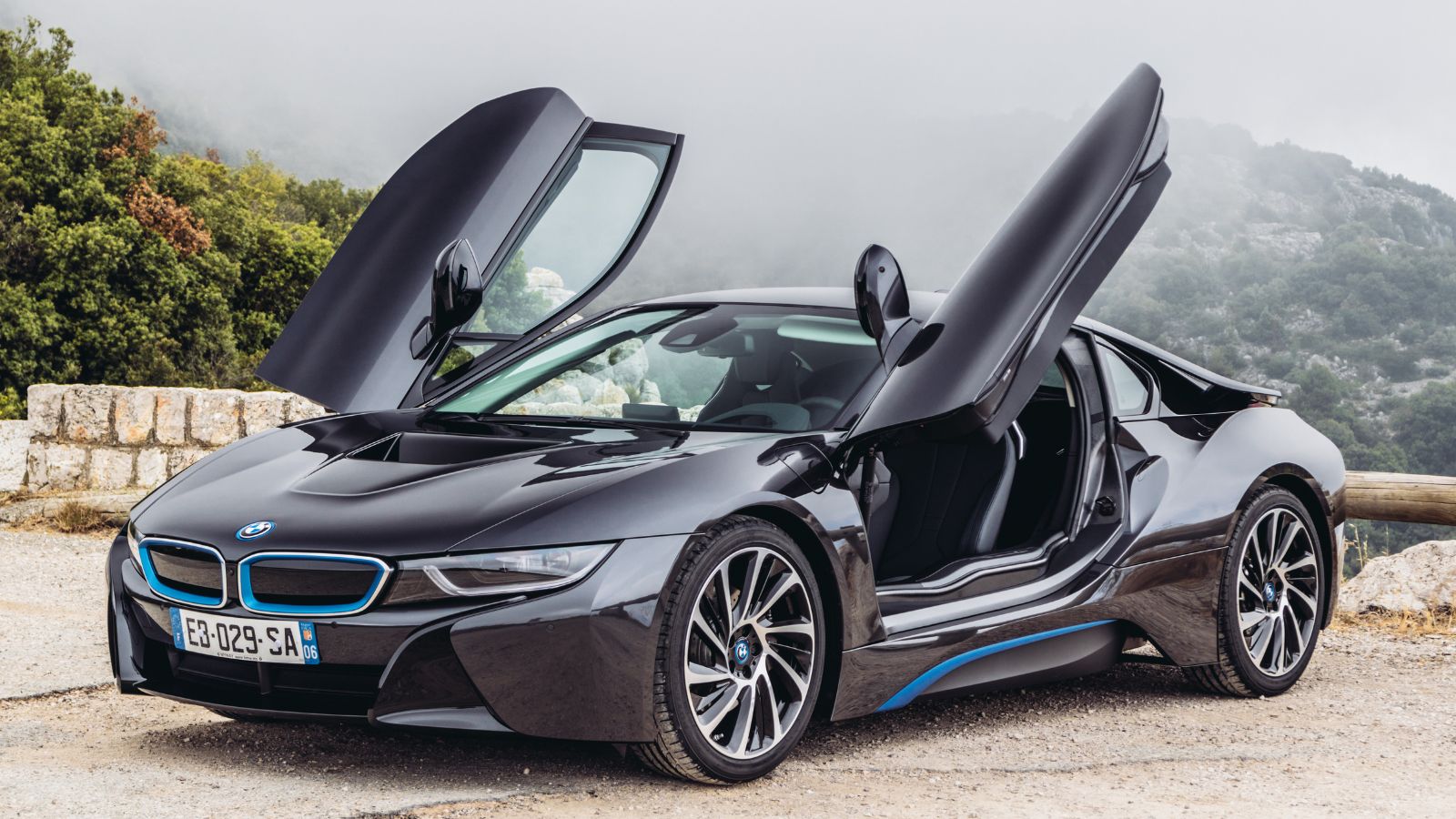
When BMW launched the i8 in 2014, many enthusiasts didn’t know what to think. It looked like a supercar but came with a three-cylinder hybrid drivetrain. Critics called it overpriced and underpowered. But it was never about straight-line performance it was about vision. The i8 used lightweight carbon fiber construction and cutting-edge hybrid tech to show where performance cars were heading.
A decade later, the i8 feels prophetic. As automakers race toward electrification, BMW’s futuristic sports car looks less like a gimmick and more like the blueprint. Collectors now see it as a transitional icon the bridge between gasoline supercars and electric performance.
Fiat Multipla

The Fiat Multipla has long been a designer’s nightmare and a car lover’s guilty pleasure. When it arrived in 1998, its split-level headlights and short, wide body made it look almost cartoonish. It was ridiculed across Europe as one of the ugliest cars ever made.
But beneath the odd looks was a genius design. The Multipla had six individual seats in two rows, making it more practical than most modern SUVs. It was wide, easy to drive, and extremely functional. Today, design critics and collectors celebrate the Multipla for its originality. Its once-hated looks have become a badge of charm and defiance.
Mazda RX-8
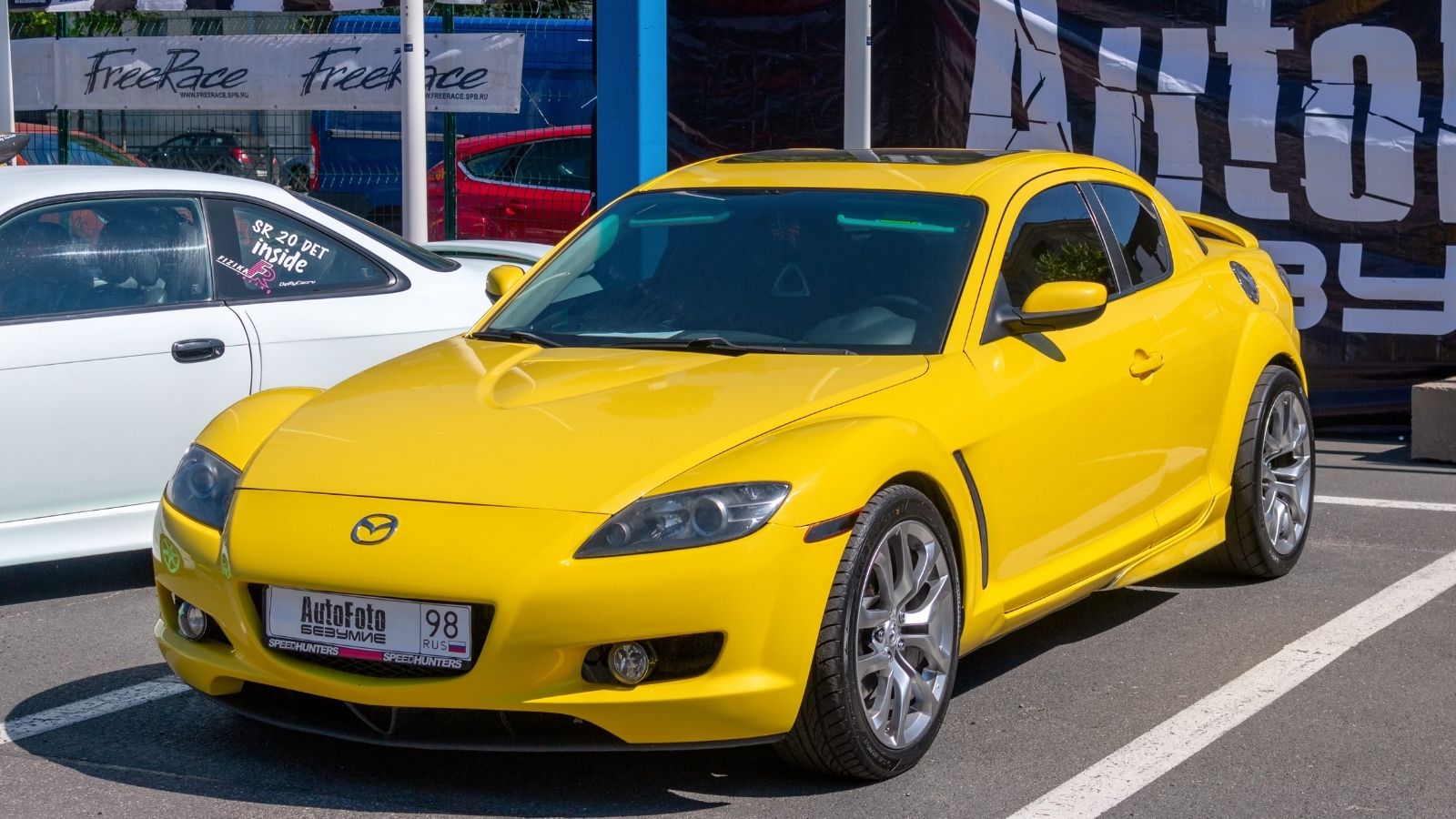
The Mazda RX-8 followed one of the most beloved sports cars of all time, the RX-7. Expectations were sky-high. It had the distinctive rotary engine and striking design, but reliability issues and oil consumption problems caused disappointment. Some owners loved its high-revving power; others cursed its maintenance demands.
Years later, the RX-8’s reputation has softened. Enthusiasts now admire its lightweight feel, balanced chassis, and unique sound. It’s also one of the last production cars ever made with a rotary engine a distinction that guarantees it a place in automotive history. Clean, low-mileage examples are now steadily climbing in value.
Hummer H1
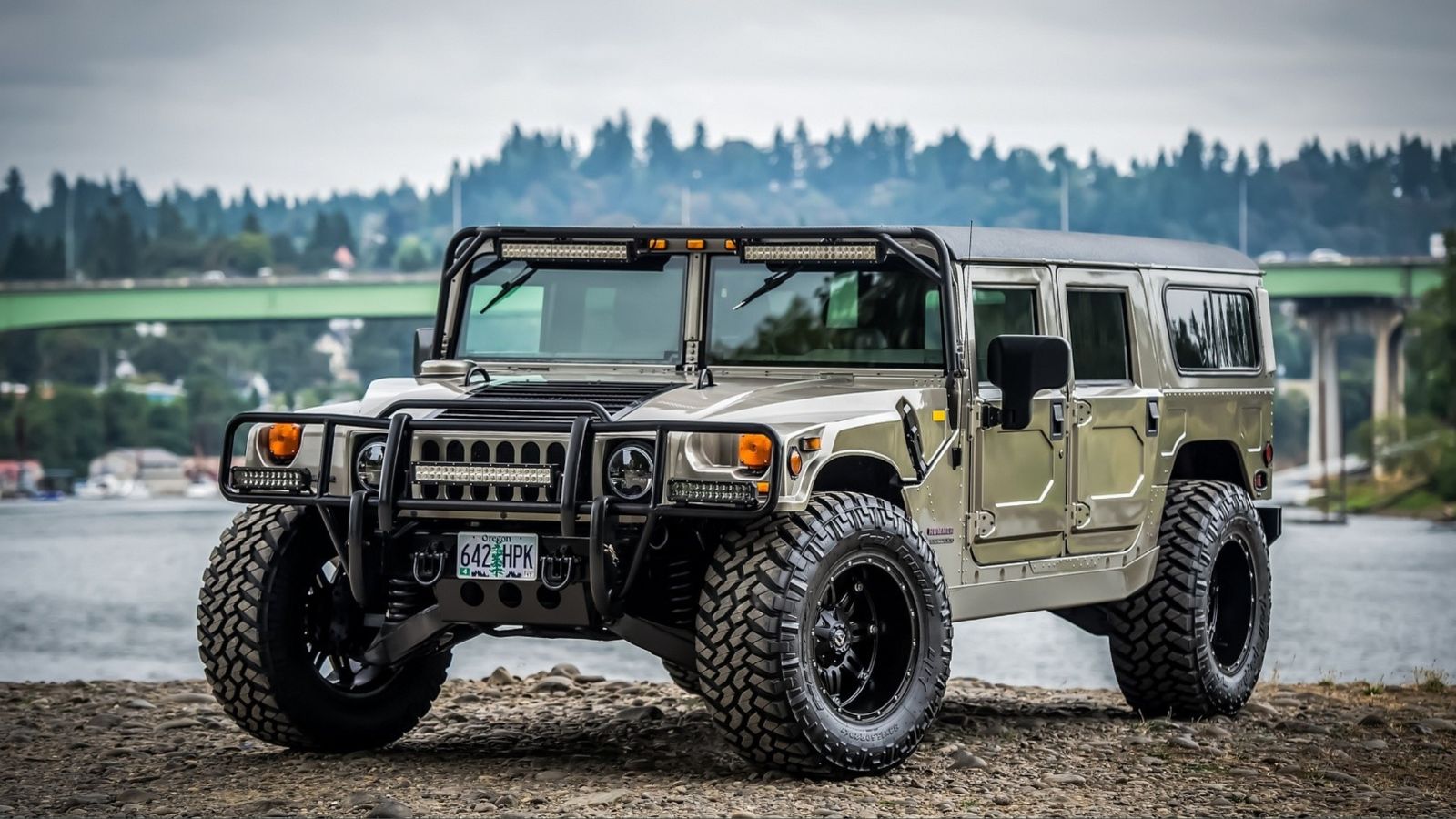
Born from the military Humvee, the Hummer H1 made no attempt to be subtle. It was huge, loud, and thirsty, the complete opposite of fuel efficiency. Environmentalists loathed it, but off-road fans were obsessed. With its wide stance, diesel engine, and armor-like build, it could climb over almost anything.
What was once the poster child for excess has aged into a symbol of authenticity. The H1 represents a time when automakers built vehicles with zero compromise. Restored models are now fetching high prices, and with the new electric Hummer EV on the market, interest in the original has only grown.
Saab 900 Turbo

The Saab 900 Turbo was never conventional. Its steep windshield, wraparound dashboard, and turbocharged engine made it a rebel in the 1980s. Some people loved its innovation; others couldn’t stand its eccentricity. But those who drove one fell in love with its character.
Saab’s unique engineering and safety-first design gave the 900 Turbo a loyal following. It wasn’t the fastest car on the road, but it offered a feeling of connection and intelligence that few rivals matched. Long after Saab’s demise, the 900 Turbo remains a symbol of individuality and Swedish craftsmanship.
Chevrolet Corvair
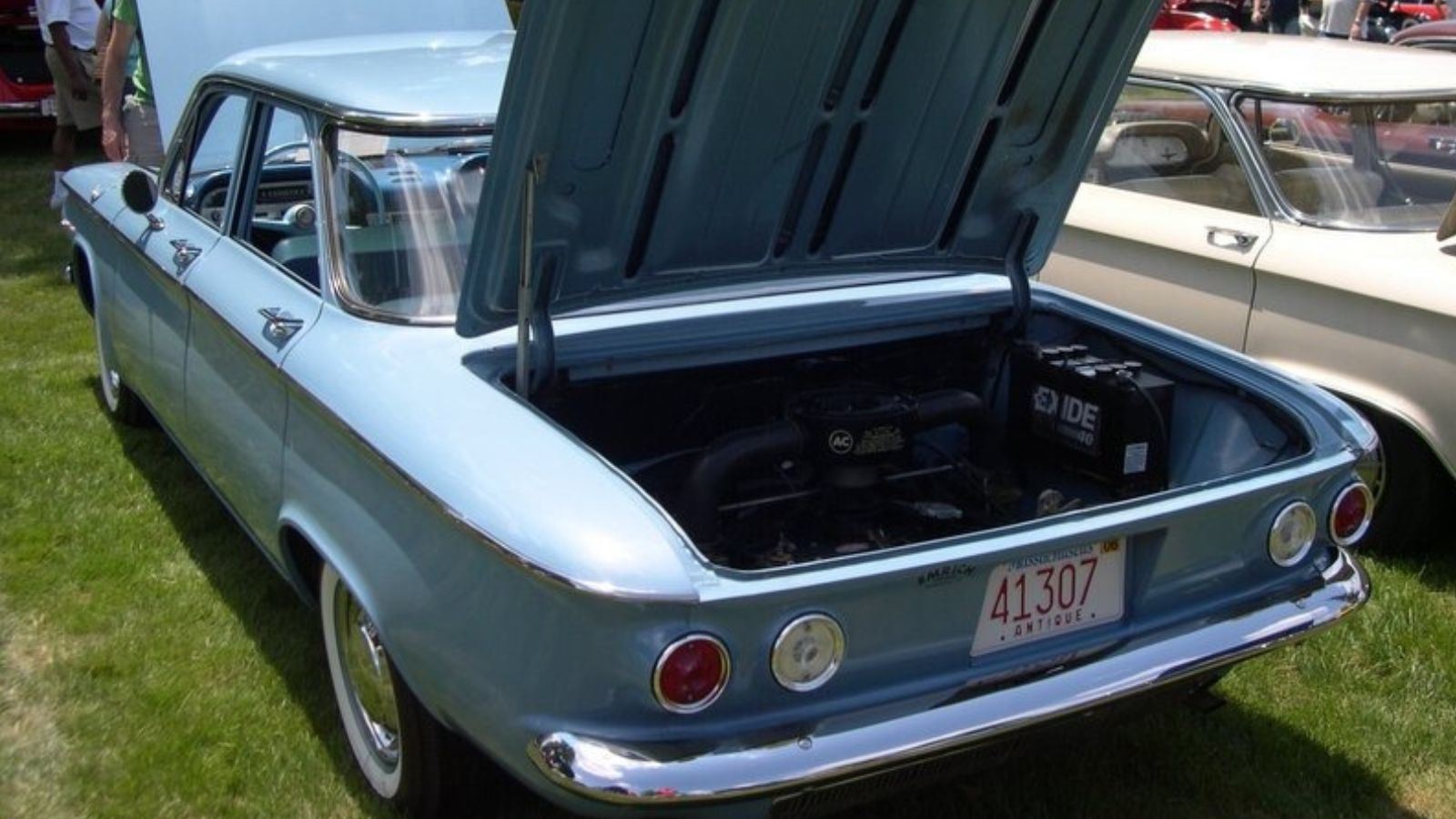
The Chevrolet Corvair’s story is one of controversy and redemption. Launched in 1960 with a rear-mounted air-cooled engine, it was unlike anything GM had ever made. But its unconventional suspension led to handling issues, and when Ralph Nader published Unsafe at Any Speed, the Corvair became a national scandal. Sales collapsed, and its legacy was tarnished for years.
Decades later, enthusiasts re-examined the car. Updated models fixed the early handling flaws, and drivers began to appreciate the Corvair’s smooth power and unique design. Today, it’s recognized as one of the most misunderstood cars of its era and an important chapter in the evolution of automotive safety.
Toyota MR2
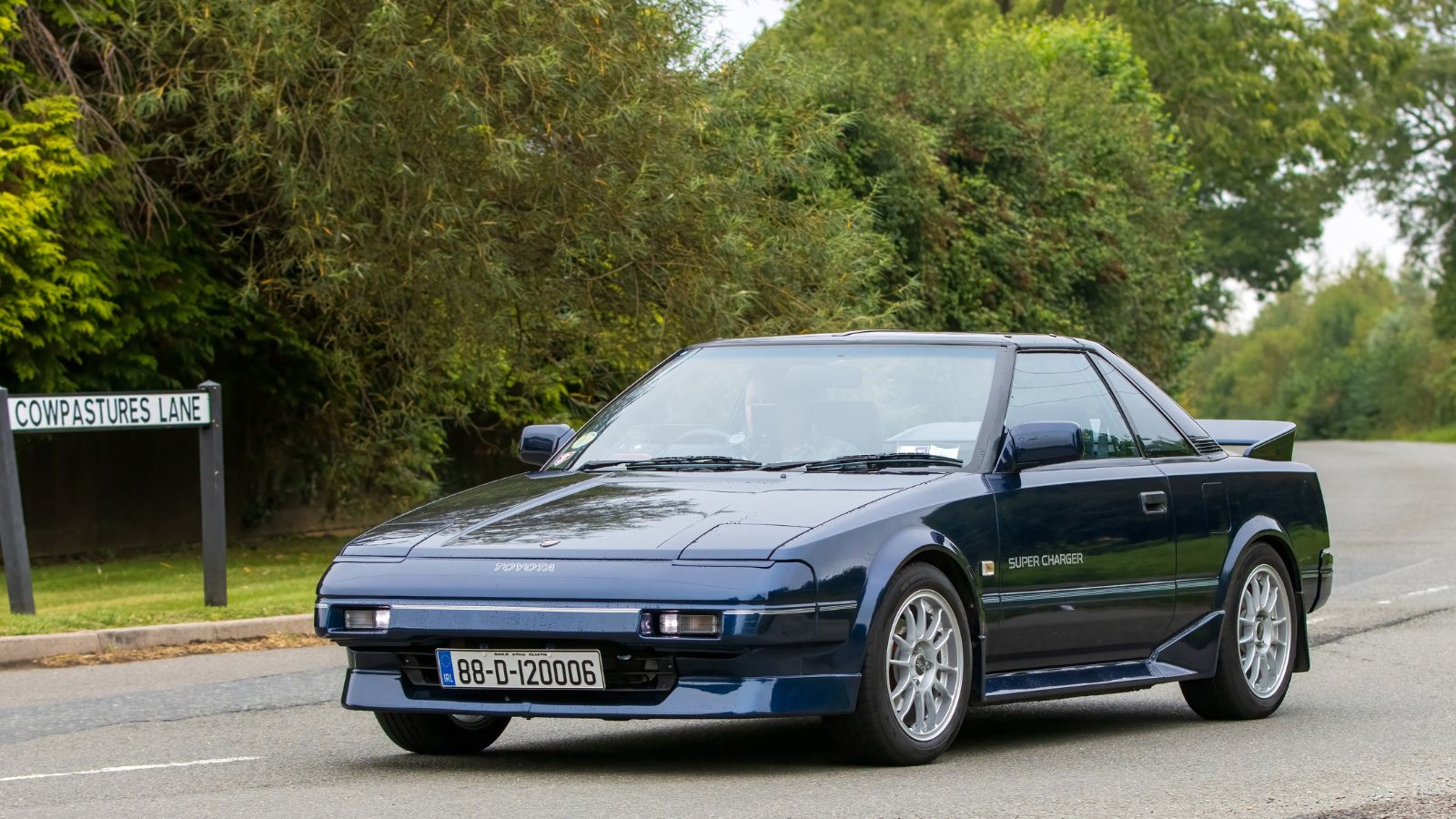
When Toyota released the MR2 in the 1980s, people were shocked to see an affordable, mid-engine sports car from Japan. It was light, nimble, and fun but also tricky. Its sharp handling could catch inexperienced drivers off guard, earning it a reputation as unpredictable.
Now, the MR2 is a beloved classic. Enthusiasts celebrate it for its raw driving experience, compact size, and timeless styling. It represents an era when Toyota took big risks and delivered pure driver-focused cars. Clubs and online communities have kept the MR2 alive, turning it into a cult favorite among grassroots racers and tuners.
Why Controversy Creates Classics
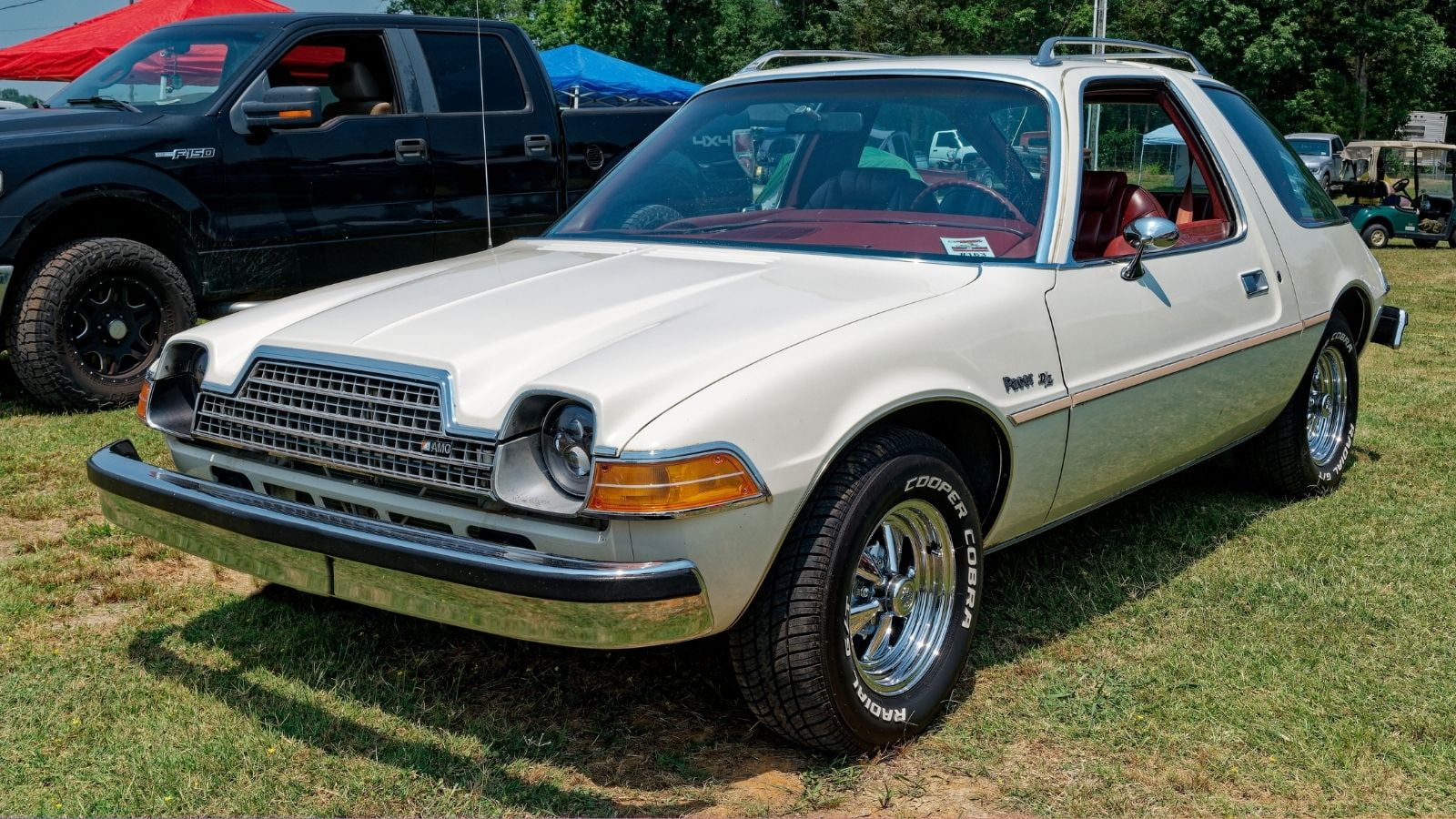
The common thread among all these cars is risk. Each pushed boundaries in design, technology, or philosophy, and that courage often invites criticism. But as the years pass, people look beyond the flaws and see the innovation. These cars remind us that playing it safe rarely creates legends.
In the end, time rewards originality. Whether it’s a misunderstood oddball like the Aztek or a misunderstood genius like the DeLorean, the cars that spark debate are often the ones we remember most. They might not have fit in when they were new, but now, they’re the ones everyone wishes they had kept.
25 Facts About Car Loans That Most Drivers Don’t Realize

Car loans are one of the most common ways people fund car purchases. Like any other kind of loan, car loans can have certain features that can be regarded as an advantage or a disadvantage to the borrower. Understanding all essential facts about car loans and how they work to ensure that you get the best deal for your financial situation is essential. Here are 25 shocking facts about car loans that most drivers don’t realize:
25 Facts About Car Loans That Most Drivers Don’t Realize
